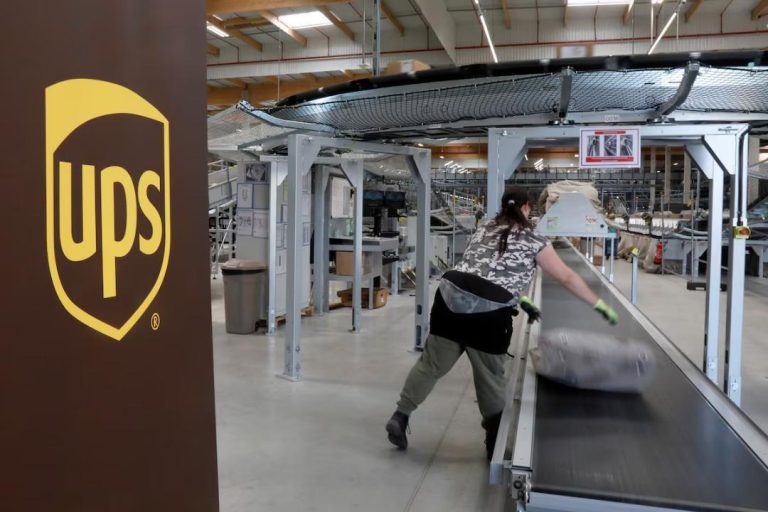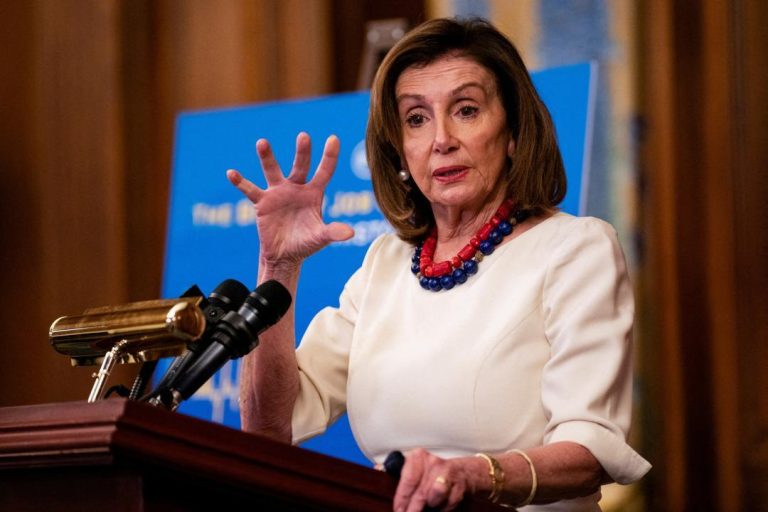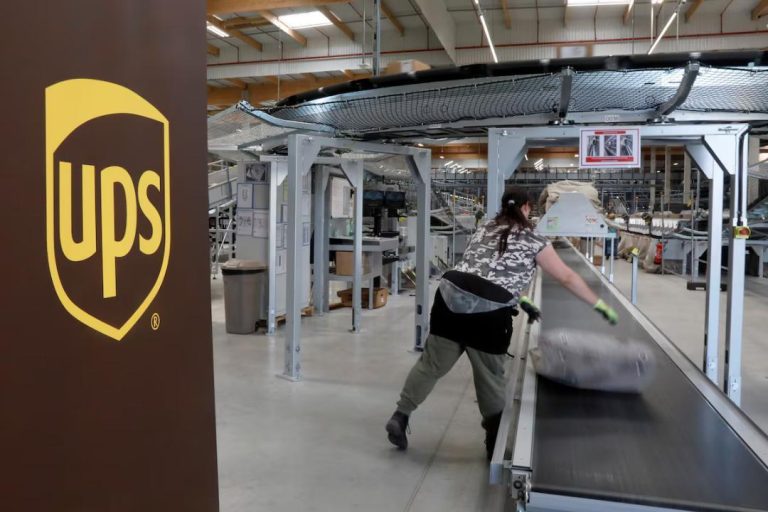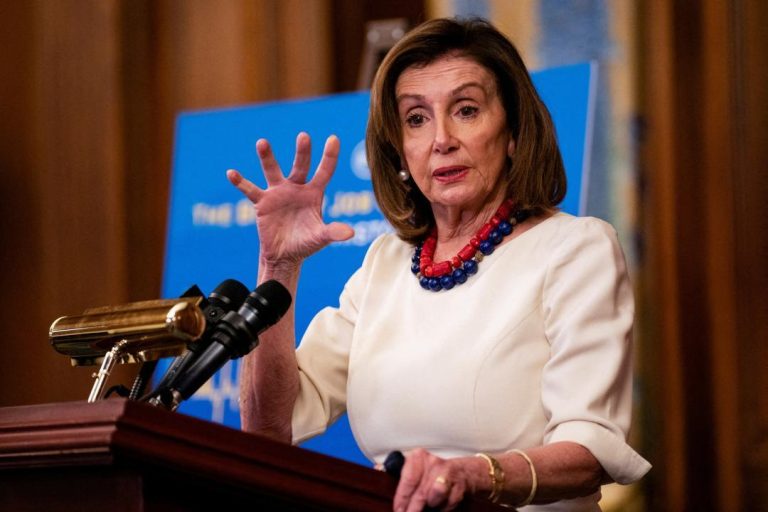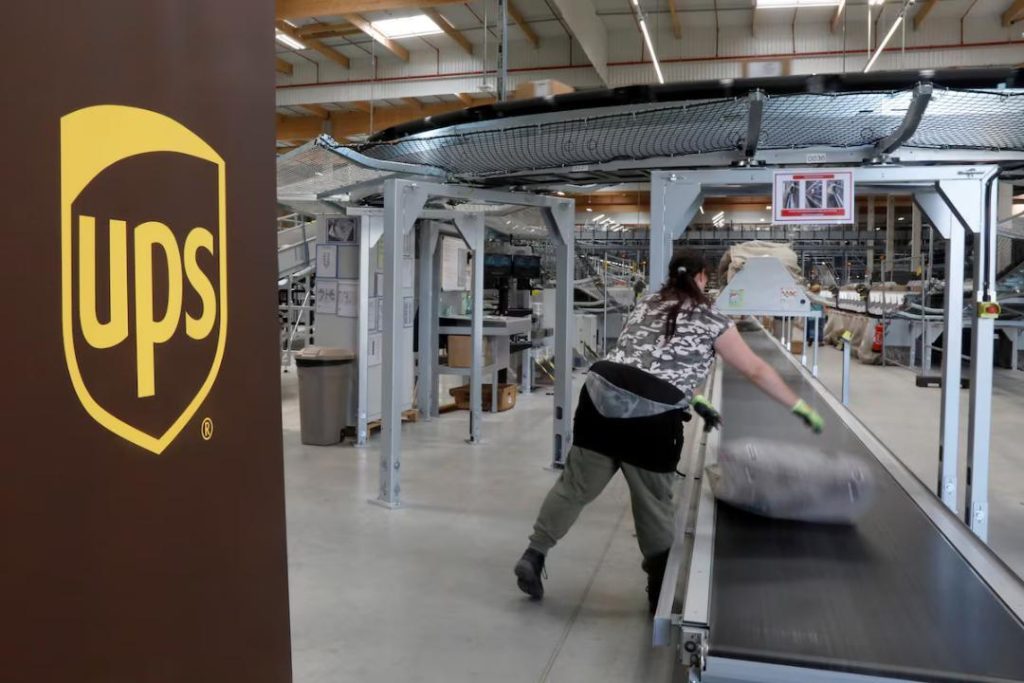
UPS to Cut 20,000 Jobs to Lower Costs & Prepare for Potential Pullback from Amazon
In a move aimed at reducing costs and preparing for a potential pullback from its largest customer, Amazon, United Parcel Service (UPS), the world’s largest package delivery firm, announced on Tuesday that it will be cutting 20,000 jobs. The company will also be shutting down 73 facilities as part of its efforts to reconfigure its network and reduce costs across its business.
The job cuts, which are expected to be completed by the end of 2023, will primarily affect hourly employees, including package handlers, drivers, and other support staff. The affected employees will receive a severance package, including a minimum of 60 days’ notice, and will also be eligible for career transition services.
“The actions we are taking to reconfigure our network and reduce cost across our business could not be timelier,” said UPS CEO Carol Tomé in a statement. “We are taking decisive actions to ensure the long-term success and growth of our company, while also providing support to our employees who will be leaving the company.”
The job cuts are part of a larger effort by UPS to reduce its costs and improve its operational efficiency. The company has been facing increased competition from other package delivery firms, including Amazon Logistics, which has been expanding its own delivery network in recent years.
Amazon, which is UPS’s largest customer, has been a major driver of the company’s growth in recent years. However, there have been concerns that Amazon may be preparing to pull back on its use of UPS’s services as it continues to expand its own logistics capabilities.
In recent months, Amazon has been building out its own delivery network, including acquiring Deliveroo, a UK-based food delivery startup, and investing in a series of other logistics startups. The company has also been expanding its use of autonomous delivery vehicles, including drones and self-driving trucks.
While Amazon has not yet announced any plans to significantly reduce its use of UPS’s services, the company’s increasing investment in its own logistics capabilities has raised concerns among investors and analysts that UPS may be at risk of losing its largest customer.
The job cuts and facility closures announced by UPS on Tuesday are seen as a way for the company to reduce its costs and prepare for a potential pullback from Amazon. The company has been under pressure to reduce its costs and improve its operational efficiency in recent years, and the job cuts and facility closures are part of its efforts to achieve these goals.
In addition to the job cuts and facility closures, UPS is also implementing a number of other cost-cutting measures, including reducing its use of contractors and temporary workers, and implementing a new pricing strategy for its services.
The company is also investing in new technologies, including artificial intelligence and automation, to improve its operational efficiency and reduce its costs. UPS has been a leader in the use of technology in logistics, and has been investing heavily in a range of new technologies, including autonomous vehicles, drones, and robotics.
The job cuts and facility closures announced by UPS on Tuesday are likely to have a significant impact on the company’s employees and customers. The affected employees will need to find new jobs, and the company’s customers will need to adapt to the changes in UPS’s services.
However, the job cuts and facility closures are also seen as a necessary step for UPS to reduce its costs and improve its operational efficiency. The company is facing increased competition in the package delivery market, and needs to take decisive action to remain competitive.
In conclusion, the job cuts and facility closures announced by UPS on Tuesday are a major development in the company’s efforts to reduce its costs and prepare for a potential pullback from its largest customer, Amazon. The company is taking decisive action to reduce its costs and improve its operational efficiency, and the job cuts and facility closures are part of its efforts to achieve these goals.
Source:
